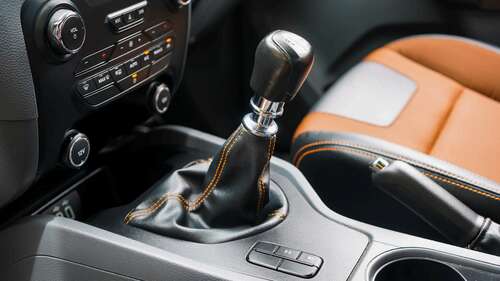
When it comes to motorcycles, your transmission is even more fundamental, not only to the riding experience but also to how your vehicle interacts with the road, rider safety, and performance. Here, the effects of the transmission are intensified, as shifting in either direction has a significant impact on the motorcycle’s speed and must be used in conjunction with the throttle and brakes to regulate the motorcycle’s performance.
While riding a motorcycle, it is essential that you never lose traction, barring some controlled maneuvers when off-roading. As such, engine braking is all the more important to reduce speed while keeping the wheels moving and helping to avoid lockups. While this can certainly happen if you downshift too quickly, controlled engine braking is always safest, provided you have the necessary time and space available.
For this reason, most motorcycles have manual transmissions, but there is an emerging market for large-capacity motorcycles with automatic transmissions. Some of these have met great acclaim, not the least of which is Honda’s celebrated DCT technology that is included as an option on its Gold Wing, Africa Twin, NC750X, and Rebel models.
As automotive technology adapts to renewable energy, there is also an emerging market for electric motorcycles, which do not have a traditional transmission. This leaves motorcyclists with a question as to the future of life on two wheels — will they have to adapt their riding to meet new technologies, or will the technology adapt to them?

